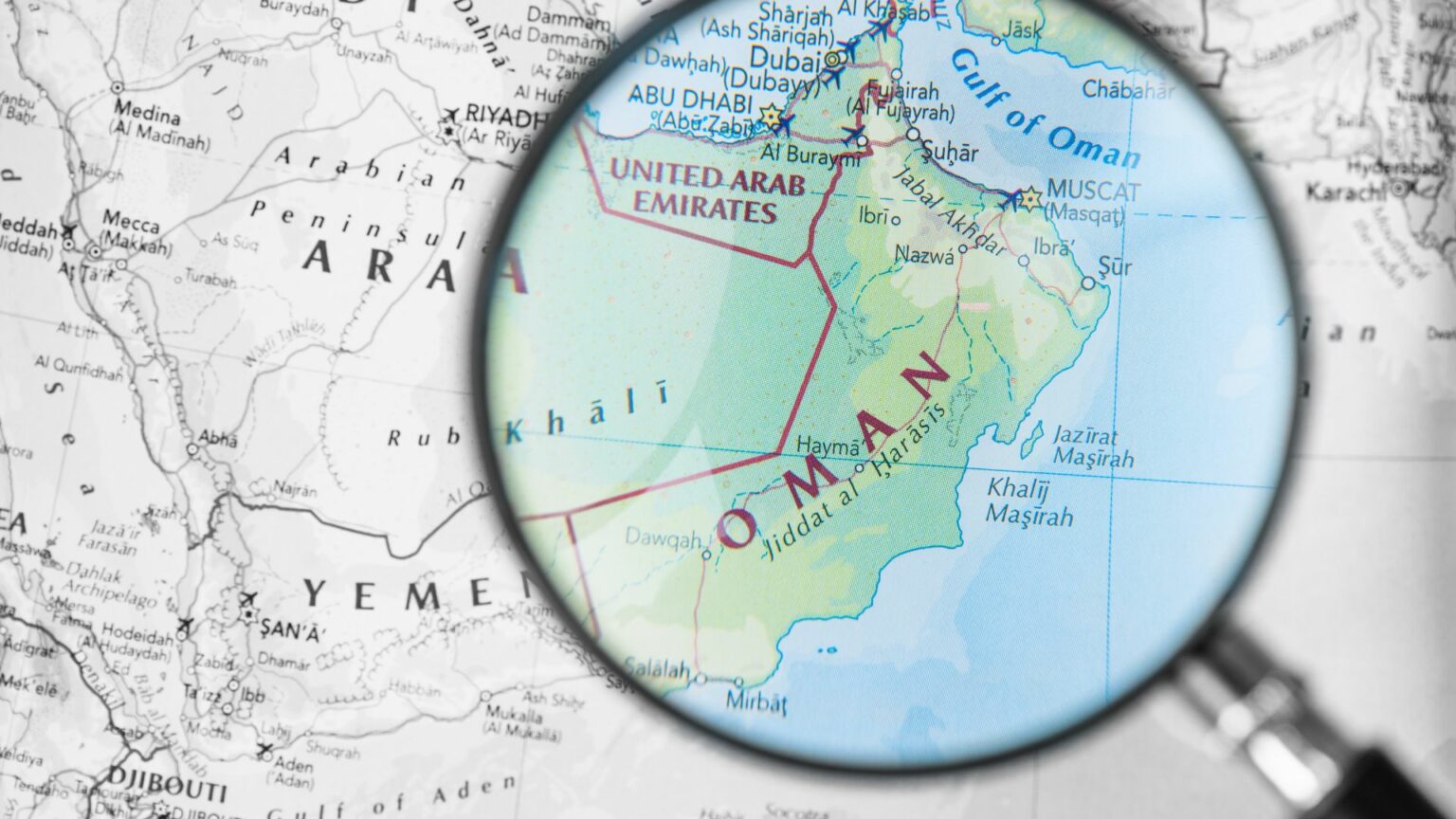Oman targets 1.4 million tonnes of green hydrogen production capacity by 2030, yet the Sultanate’s strategy increasingly relies on manufacturing partnerships with Chinese technology providers rather than indigenous innovation, as evidenced by United Engineering Services’ memorandum with Sungrow Hydrogen for domestic electrolyser assembly. The partnership emerges as Sungrow becomes market leader among Chinese hydrogen electrolyser manufacturers while Oman allocates 50,000 square kilometres of land across eight signed projects targeting 35 gigawatts capacity, raising questions about technology transfer effectiveness and long-term industrial competitiveness.
The manufacturing agreement represents Oman’s attempt to capture value-added activities within its hydrogen ecosystem, yet the arrangement primarily involves assembly operations rather than core technology development. This approach mirrors broader Middle Eastern industrialization strategies that emphasize local content requirements while maintaining dependence on foreign intellectual property and advanced manufacturing capabilities.
Technology Partnership Structure and Market Positioning
Sungrow expanded electrolyser manufacturing capacity to 3GW at its Hefei facility in November 2023, providing the scale necessary for international partnerships like the Omani venture. The company’s technological portfolio spans alkaline and PEM electrolysers, gas separation systems, and intelligent controls, offering integrated solutions that simplify project execution for regional developers.
UES’s diversification from oil and gas services into hydrogen manufacturing reflects broader economic transformation pressures facing Gulf states. The company’s existing engineering capabilities in marine and defense sectors provide relevant technical foundations, yet hydrogen technologies require specialized expertise that partnership structures may not fully transfer.
The facility will focus on electrolyser assembly and gas purification systems for both domestic consumption and regional export, positioning Oman as a potential supplier to neighboring markets. However, the viability of this export strategy depends on cost competitiveness against established manufacturing centers and transportation economics that favor proximity to demand centers.
Regional Manufacturing Economics and Competition
Sungrow secured contracts for major Chinese projects, including a $4 billion facility producing 110,000 tonnes of green hydrogen annually with 640MW electrolyser capacity, demonstrating the company’s capability to supply large-scale projects that dwarf current Middle Eastern developments. This scale differential creates challenges for regional manufacturing ventures attempting to achieve cost competitiveness.
Global electrolyser manufacturing capacity exceeded demand by significant margins in 2024, with Chinese manufacturers expanding production facilities while project deployment lagged expectations. This overcapacity environment benefits project developers through competitive pricing but challenges the economic rationale for distributed manufacturing operations like the proposed Omani facility.
Hydrom’s second auction round generated $11 billion in project commitments, bringing total hydrogen production to 1.38 million tonnes annually, indicating substantial domestic demand that could support local assembly operations. However, the timeline for project implementation extends across multiple years, creating uncertainty about sustained manufacturing volumes.
Supply Chain Integration and Value Capture
The partnership addresses specific requirements within Oman’s hydrogen value chain, particularly for ACME Group’s green ammonia project at Duqm. Oman’s first green hydrogen project expects final investment decision in 2026-27, suggesting near-term demand for electrolyser equipment that local assembly could serve.
Sungrow’s contract to supply 1,000 Nm³/h alkaline electrolysers for the 320MW ACME project establishes precedent for Chinese technology integration in Omani hydrogen developments. The manufacturing partnership potentially reduces logistics costs and delivery timelines for similar future projects while providing after-sales service capabilities.
However, the economic benefits of local assembly depend on achieving sufficient production volumes to offset higher labor and infrastructure costs compared to Chinese manufacturing centers. The partnership structure must balance technology transfer requirements with maintaining cost competitiveness against imported alternatives.
Strategic Implications and Policy Alignment
Hydrom was established in 2022 following His Majesty Haitham bin Tariq Al Said’s directive to structure and accelerate the development of the green hydrogen sector, reflecting high-level political commitment to hydrogen industrialization. The manufacturing partnership aligns with broader economic diversification objectives while supporting domestic content requirements for major projects.
The timing coincides with global supply chain reorganization as countries seek to reduce dependence on single-source suppliers for critical energy technologies. Oman’s approach balances pragmatic technology access with strategic autonomy objectives, though success depends on execution capabilities and market development.
Individual projects like HyDuqm expect $7-8 billion investment from consortia including France’s Engie and South Korea’s Posco, indicating international confidence in Oman’s hydrogen potential. Local manufacturing capabilities could strengthen the Sultanate’s position in attracting such investments by demonstrating supply chain reliability and technical capabilities.
Market Development Challenges and Opportunities
The partnership operates within broader uncertainties about global hydrogen market development, including demand growth rates, technology cost reductions, and policy support mechanisms. Regional manufacturing success requires sustained project pipeline development that justifies ongoing production capacity investments.
Sungrow launched China’s first hybrid PEM and alkaline electrolyser project, demonstrating continued technology development that partnership arrangements must accommodate. The pace of technological advancement may favor flexible assembly operations over dedicated manufacturing facilities that cannot easily adapt to changing specifications.
Competition from other regional manufacturing initiatives, including Saudi Arabia’s hydrogen industrial development and the UAE’s clean energy manufacturing zones, creates additional challenges for market capture. Success requires differentiation through service capabilities, delivery performance, or cost advantages that pure assembly operations may struggle to achieve.
The manufacturing partnership represents a calculated approach to industrial development that balances technology access with local value creation. However, the venture’s success depends on factors beyond the partnership agreement, including sustained project demand, competitive cost structures, and effective technology transfer that enables progressive capability development rather than simple assembly operations.
